Understanding Decentralized Identity Verification Systems
In today’s rapidly evolving digital landscape, where concerns related to privacy and data security are at an all-time high, decentralized identity verification systems powered by distributed ledger technology (DLT) have emerged as a promising solution. This article aims to provide you with a comprehensive understanding of decentralized identity verification systems, their current state, future implications, and diverse applications across sectors.
A Brief History of Decentralized Identity Verification
Decentralized identity verification traces its roots back to the advent of blockchain technology, which first gained prominence with the release of Bitcoin in 2009. While initially focused on cryptocurrencies, blockchain’s underlying distributed ledger technology sparked interest in using its decentralized, immutable, and tamper-resistant properties for identity verification.
Over the years, significant developments and milestones have shaped the field of decentralized identity verification:
- 2012: The concept of decentralized identity was introduced by the W3C Credentials Community Group.
- 2015: Microsoft launched the first phase of its Self-Sovereign Identity (SSI) project, exploring decentralized identity solutions.
- 2016: Sovrin, a global public utility for self-sovereign identity, was launched to establish a decentralized identity ecosystem.
- 2019: The Decentralized Identity Foundation (DIF) was formed to promote interoperability and standards within the decentralized identity space.
The Advantages and Disadvantages
Decentralized identity verification systems offer several advantages over traditional centralized systems:
- Enhanced Privacy: Individuals have control over their personal data, eliminating the need to trust centralized entities with their sensitive information.
- Reduced Data Breach Risks: Since data is stored across multiple distributed ledgers, the risk of a single point of failure or a large-scale data breach is significantly reduced.
- Efficiency and Cost Savings: Decentralized systems can streamline identity verification processes, minimizing bureaucratic complexities and associated costs.
However, decentralized identity verification systems face challenges:
- User Adoption: Widespread adoption of decentralized systems requires changes in user behavior and acceptance of new technologies.
- Scalability: The current scalability limitations of some DLT platforms can hinder the ability to handle a large volume of identity verification requests.
- Regulatory Frameworks: The evolving legal and regulatory landscape surrounding decentralized identity verification needs to be properly established.
Practical Applications and Real-World Examples
Decentralized identity verification systems have the potential to revolutionize various sectors:
- Finance: Know Your Customer (KYC) processes, anti-money laundering (AML) compliance, and secure peer-to-peer transactions can be streamlined through decentralized identities.
- Healthcare: Medical records can be securely shared across different healthcare providers, enhancing patient care coordination while maintaining privacy.
- Education: Decentralized identities can enable lifelong learner credentials, transcript portability, and verifiable certifications.
- Government Services: Streamlined access to government services, secure voting systems, and efficient identity management can benefit citizens and reduce fraud.
Real-world examples include:
- Sovrin: The Sovrin Network provides a decentralized public utility for self-sovereign identity. It offers individuals and organizations a secure and privacy-focused identity platform.
- uPort: Built on the Ethereum blockchain, uPort provides users with self-sovereign identity and allows them to manage their own identity attributes.
- Microsoft’s Identity Overlay Network (ION): ION aims to develop a decentralized identity infrastructure that can scale to support millions of users while ensuring privacy and security.
The Future of Decentralized Identity Verification
The future of decentralized identity verification is promising, with considerable potential for social and economic transformation:
- Interoperability: Efforts are underway to establish standards that enable seamless interoperability between different decentralized identity systems, fostering a globally connected identity ecosystem.
- Integration with Emerging Technologies: Decentralized identity verification can be integrated with emerging technologies like artificial intelligence (AI), machine learning (ML), and Internet of Things (IoT) to enhance security and efficiency.
- Legal and Regulatory Frameworks: Governments and regulatory bodies are actively exploring ways to create frameworks that support the adoption of decentralized identity verification systems without compromising security or privacy.
Frequently Asked Questions
1. How does decentralized identity verification ensure privacy?
Decentralized identity verification systems grant individuals control over their personal data by allowing them to store identity attributes on their devices or in secure digital wallets. These attributes can be selectively shared, ensuring privacy while verifying identity.
2. Can decentralized identity verification systems prevent identity theft?
Decentralized identity verification systems reduce the risks associated with identity theft by eliminating central repositories of data. With no central point of failure, malicious actors face significant hurdles in gaining access to an individual’s complete identity information.
3. Are decentralized identity verification systems scalable?
While scalability remains a challenge for some DLT platforms, ongoing research and innovation aim to address this issue. Layer 2 solutions and advancements in consensus mechanisms offer potential pathways for achieving scalability in decentralized identity verification systems.
4. How can decentralized identity verification systems be integrated with existing infrastructures?
Decentralized identity verification systems can be integrated with existing infrastructures through standardized protocols, APIs, and identity gateways. This allows for seamless connectivity between decentralized systems and traditional centralized systems.
Decentralized identity verification systems offer a bold vision for the future, promising enhanced privacy, security, and efficiency in managing digital identities. As the technology continues to evolve and gain widespread acceptance, its impact on various sectors will be significant. Embracing this paradigm shift can lead to a more secure and user-centric digital world.
Have any thoughts or questions about decentralized identity verification systems? Share them in the comments below!
More in this category ...
Ripple companions with SBI Group and HashKey DX for XRPL answers in Japan
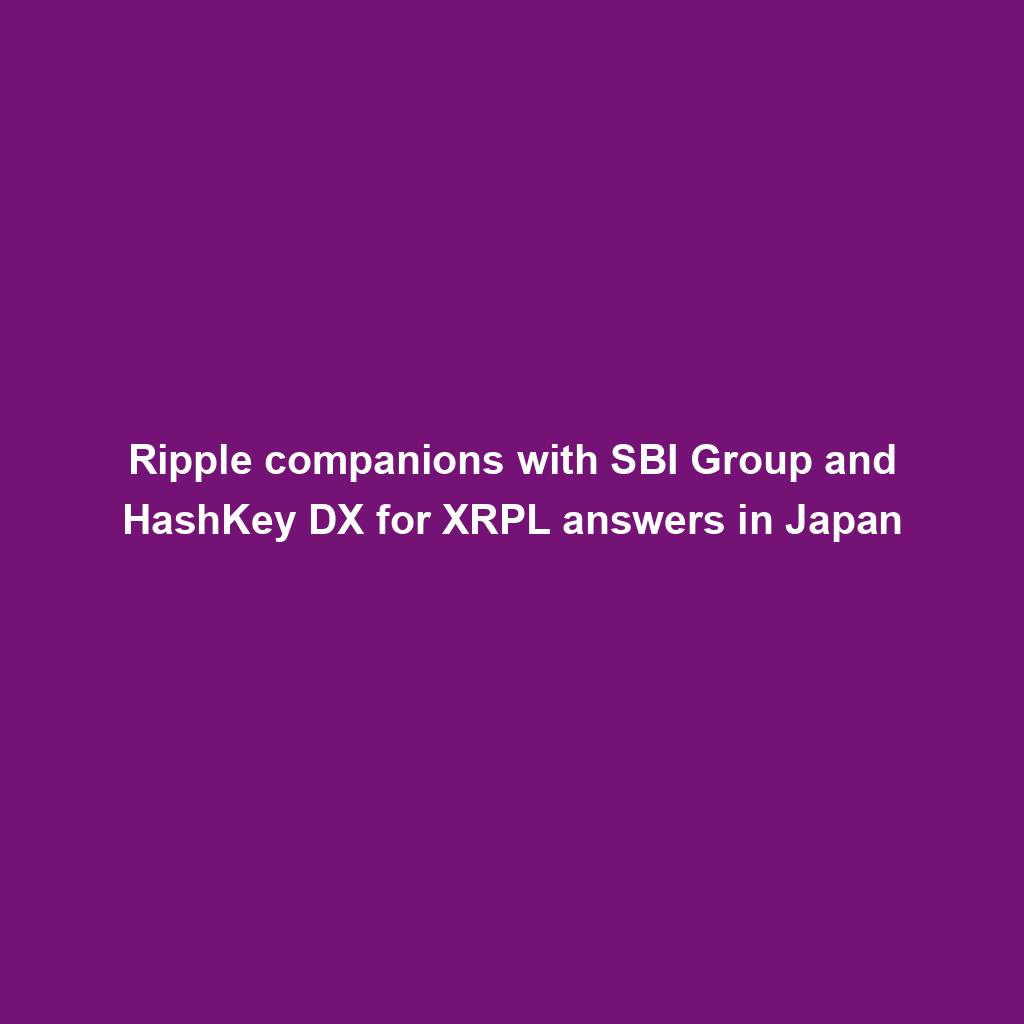
April sees $25M in exploits and scams, marking historic low ― Certik

MSTR, COIN, RIOT and different crypto shares down as Bitcoin dips

EigenLayer publicizes token release and airdrop for the group
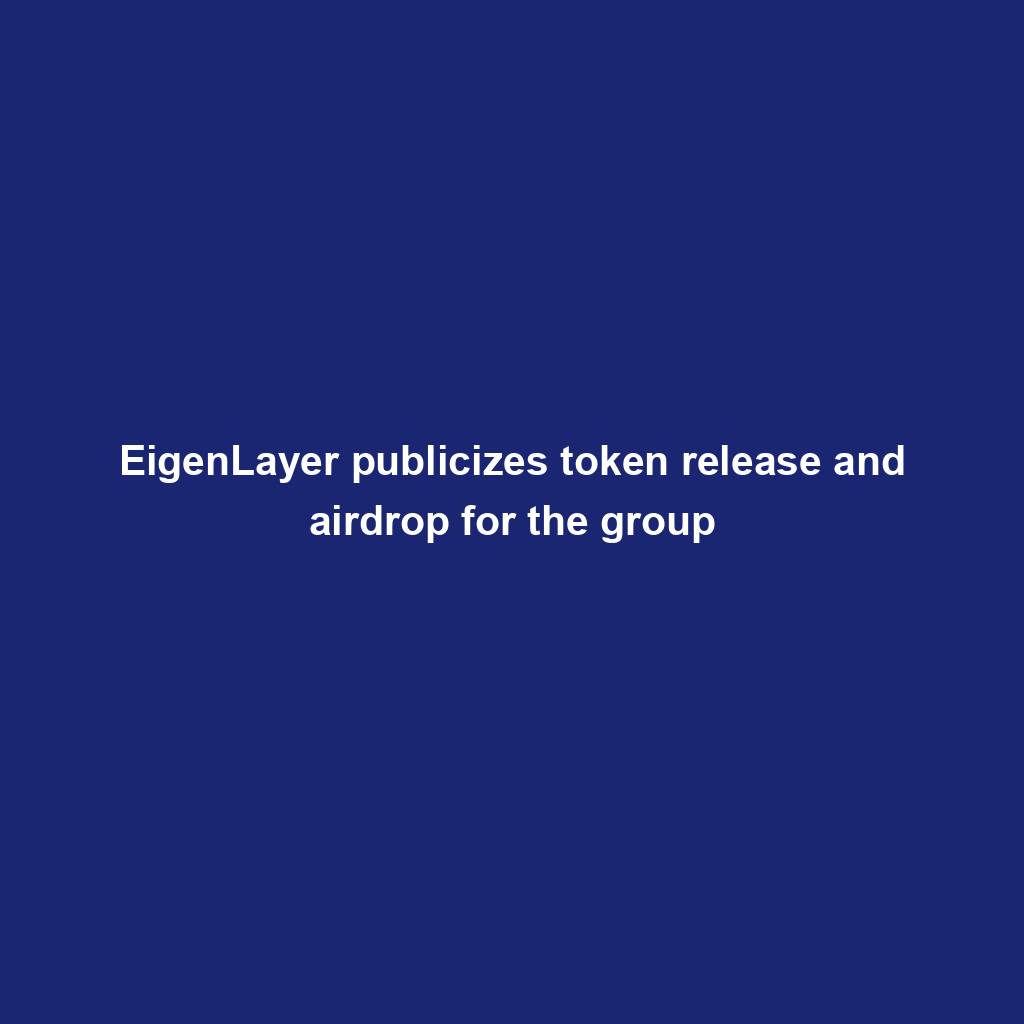
VeloxCon 2024: Innovation in knowledge control

Successful Beta Service release of SOMESING, ‘My Hand-Carry Studio Karaoke App’

Dogwifhat (WIF) large pump on Bybit after record reasons marketplace frenzy
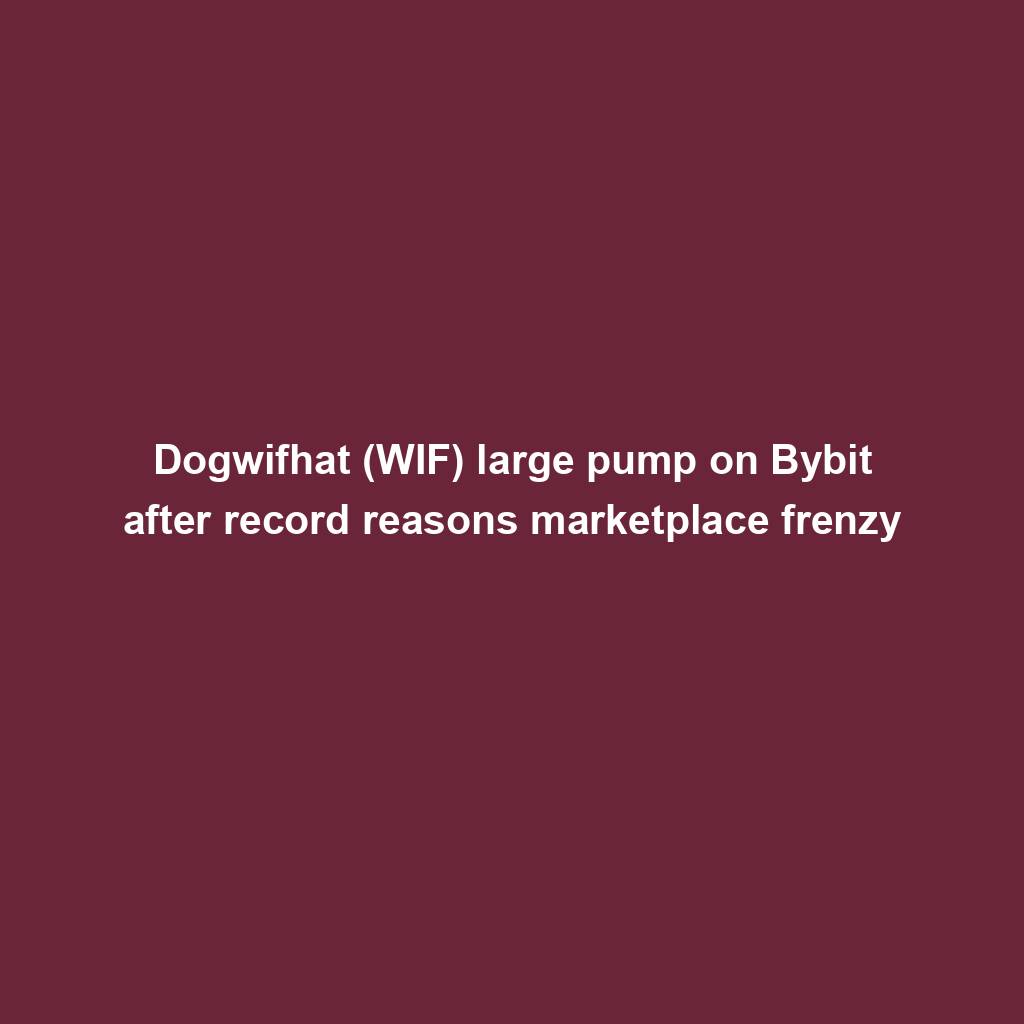
How fintech innovation is riding virtual transformation for communities around the globe
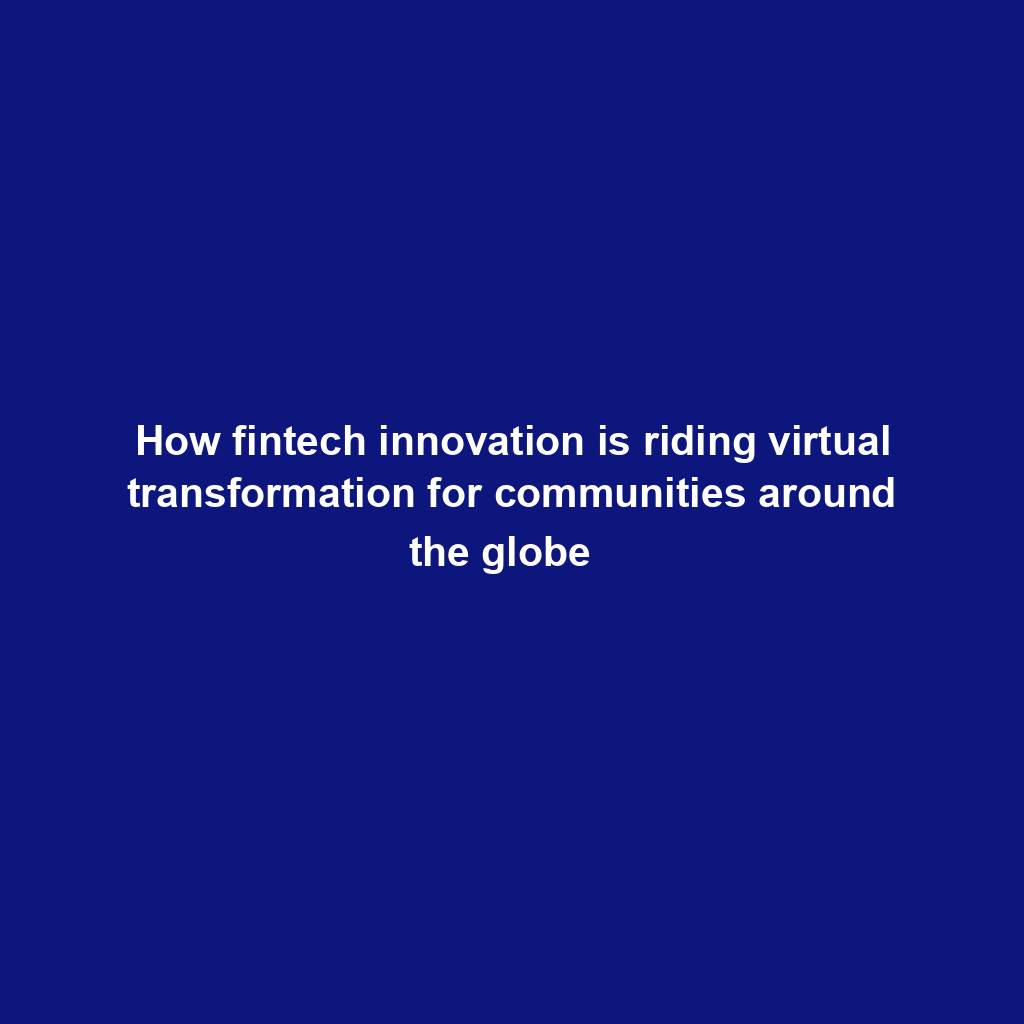
Wasabi Wallet developer bars U.S. customers amidst regulatory considerations

Analyst Foresees Peak In Late 2025

Solo Bitcoin miner wins the three.125 BTC lottery, fixing legitimate block

Ace Exchange Suspects Should Get 20-Year Prison Sentences: Prosecutors

Google Cloud's Web3 portal release sparks debate in crypto trade

Bitcoin Primed For $77,000 Surge

Bitbot’s twelfth presale level nears its finish after elevating $2.87 million

PANDA and MEW bullish momentum cool off: traders shift to new altcoin

Commerce technique: Ecommerce is useless, lengthy are living ecommerce

Republic First Bank closed by way of US regulators — crypto neighborhood reacts
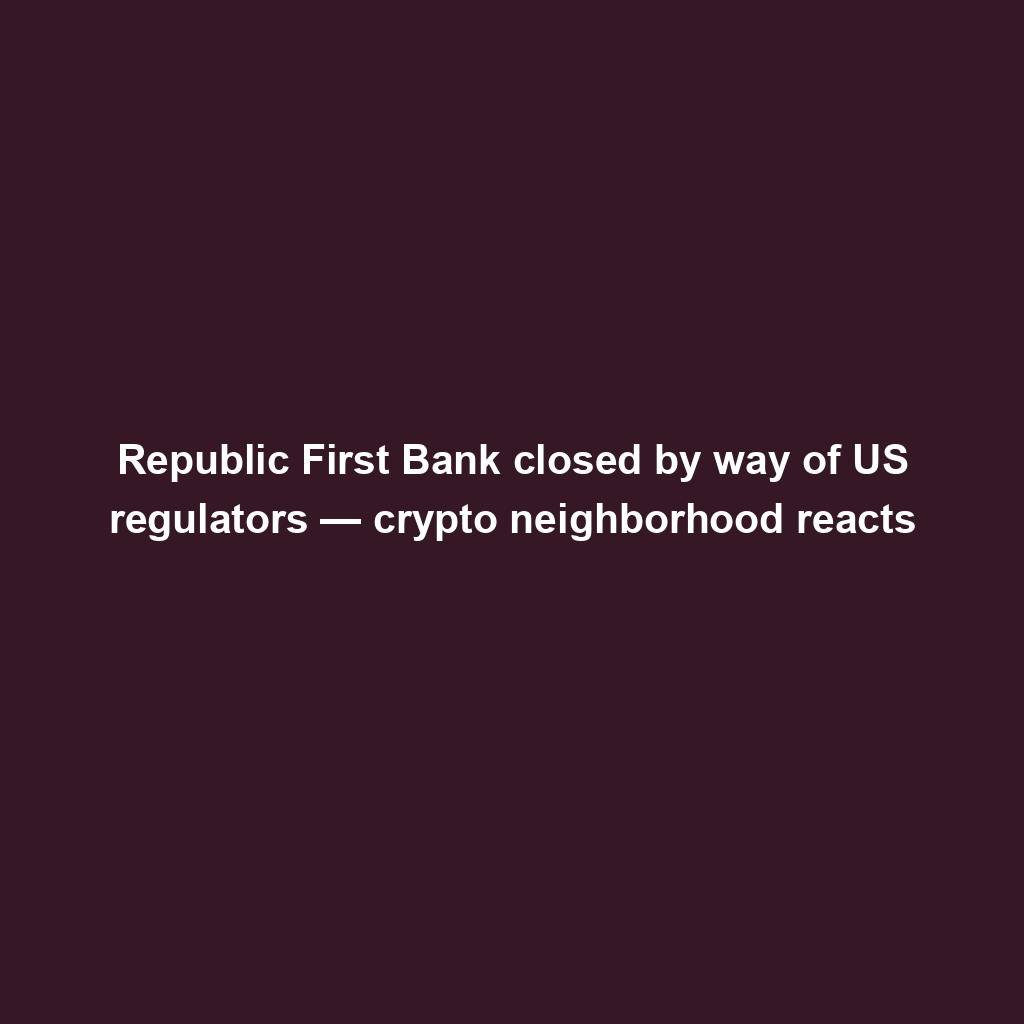
China’s former CBDC leader is beneath executive investigation

Bigger isn’t all the time higher: How hybrid Computational Intelligence development permits smaller language fashions

Pantera Capital buys extra Solana (SOL) from FTX

Successful Beta Service release of SOMESING, ‘My Hand-Carry Studio Karaoke App’

SEC sues Bitcoin miner Geosyn Mining for fraud; Bitbot presale nears $3M

Business procedure reengineering (BPR) examples

85% Of Altcoins In “Opportunity Zone,” Santiment Reveals

Sam Altman’s Worldcoin eyeing PayPal and OpenAI partnerships

Artificial Intelligence transforms the IT strengthen enjoy
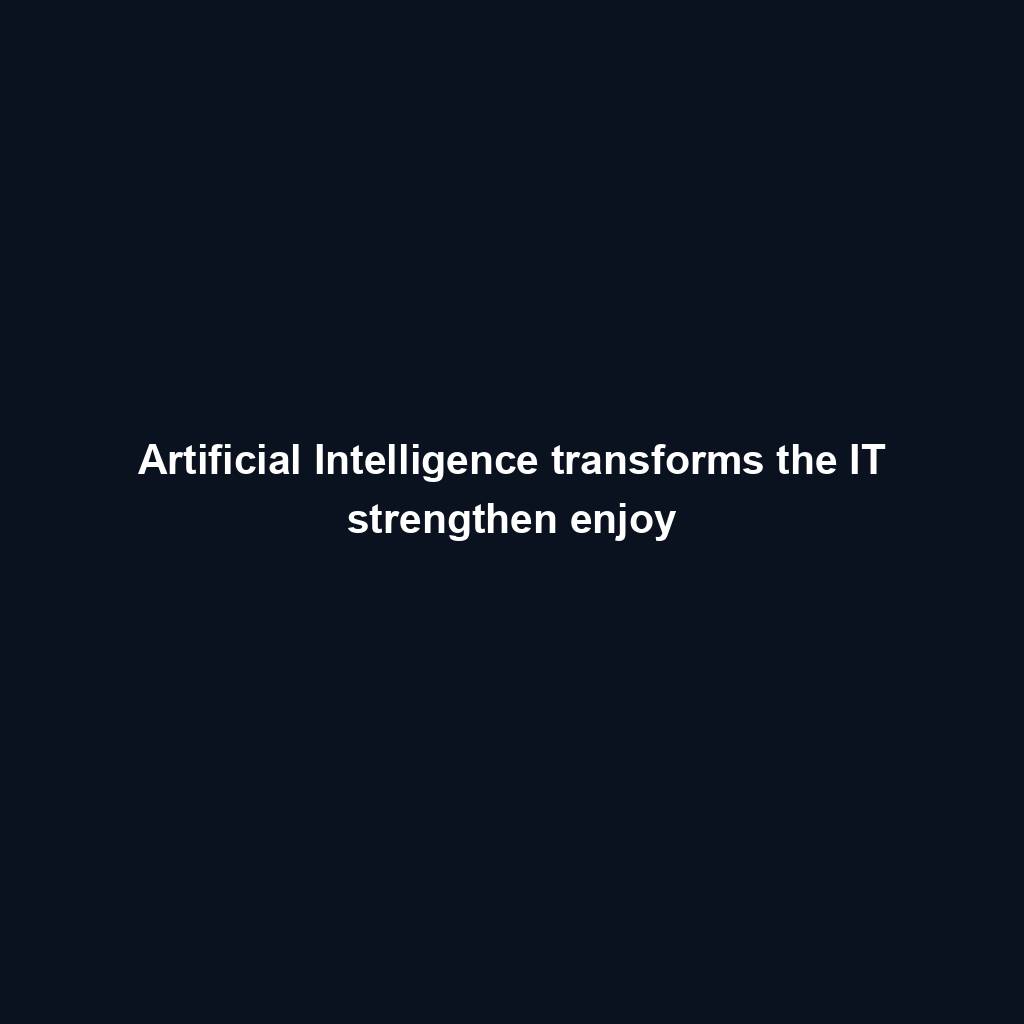
Franklin Templeton tokenizes $380M fund on Polygon and Stellar for P2P transfers

Meta’s letting Xbox, Lenovo, and Asus construct new Quest metaverse {hardware}

Shiba Inu (SHIB) unveils bold Shibarium plans as Kangamoon steals the display
